
miles
The North-South Trail connects existing paths to form a unique long-distance hiking trail through Germany. On 2249 mi it goes from the northernmost point of the Federal Republic on Sylt to the southernmost, the Haldenwanger Eck. The NST is thus Germany’s longest long-distance hiking trail.
CERTIFIED TRAILS
guarantee maximum hiking enjoyment through Germany’s most beautiful landscapes. Enjoy the probably most varied long-distance hiking trail in Europe on wonderful predicate and premium hiking trails. Included are the European Long Distance Trail E1, Heidschnuckenweg, Sigwardsweg, Weserbergland-Weg, Märchenlandweg, Kassel-Steig, Habichtswaldsteig, Urwaldsteig-Edersee, Waldecker Weg, Diemelsteig, Rothaarsteig, Lahn-Dill-Bergland-Pfad, Westerwaldsteig, Natursteig Sieg, Rheinsteig, Soonwaldsteig, Saar-Hunsrück-Steig, Fünf-Kreise-Weg, Panoramaweg Sankt Wendeler Land, Jakobsweg, Veldenz Wanderweg, Pfälzer Höhenweg, Westpfalz-Wanderweg, Pfälzer Weinsteig, Saar-Rhein-Wanderweg, Rheinauenweg 3, Odenwald Vogesenweg, Nordrandweg, Westweg, Main-Neckar-Rhein-Weg, Schluchtensteig, Querweg and the Bodensee-Rundwanderweg.
National parks
Natural landscapes as they could not be more different. Cross Germany’s national parks and nature reserves with respect and please follow the established rules.
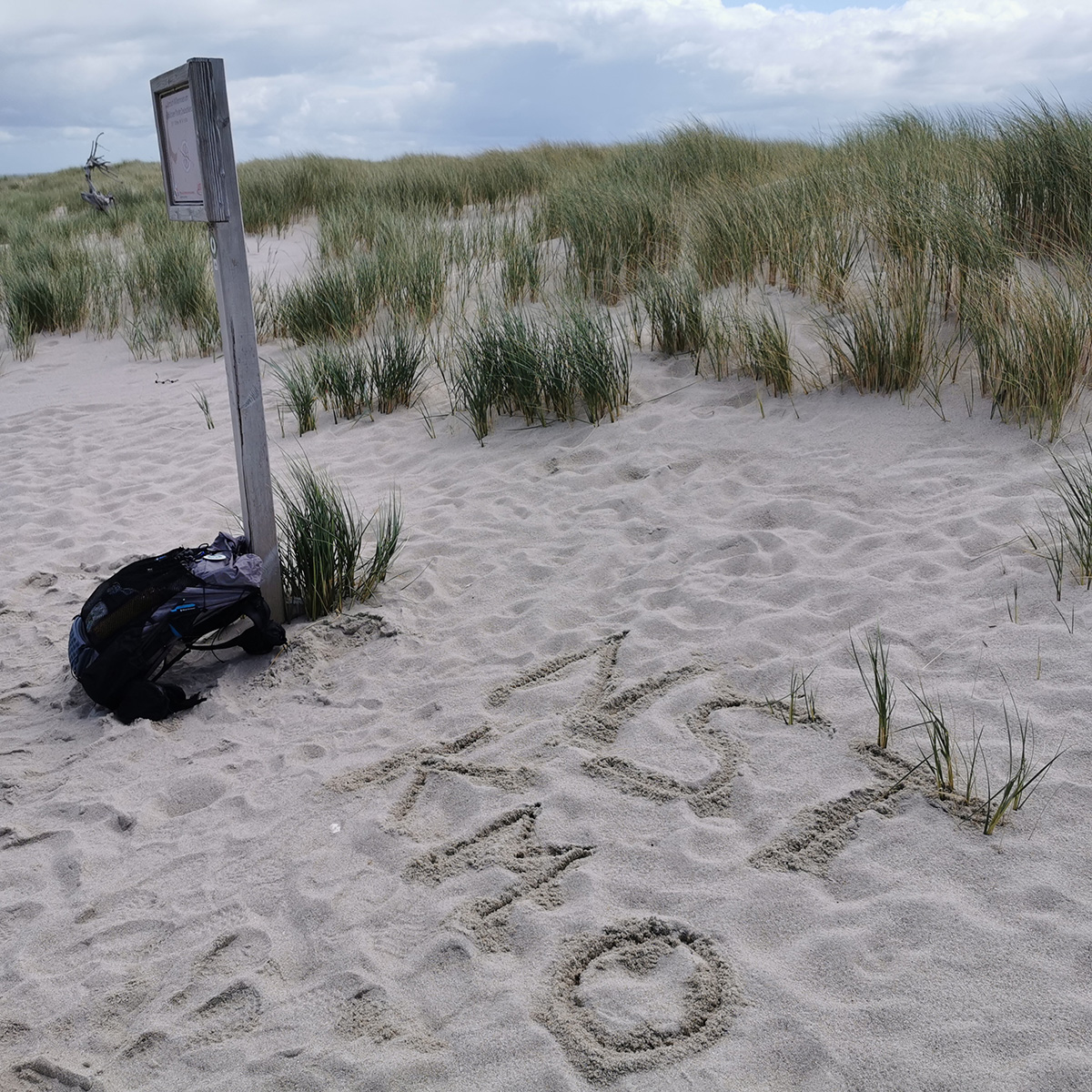
Nationalpark Wattenmeer
KM 0
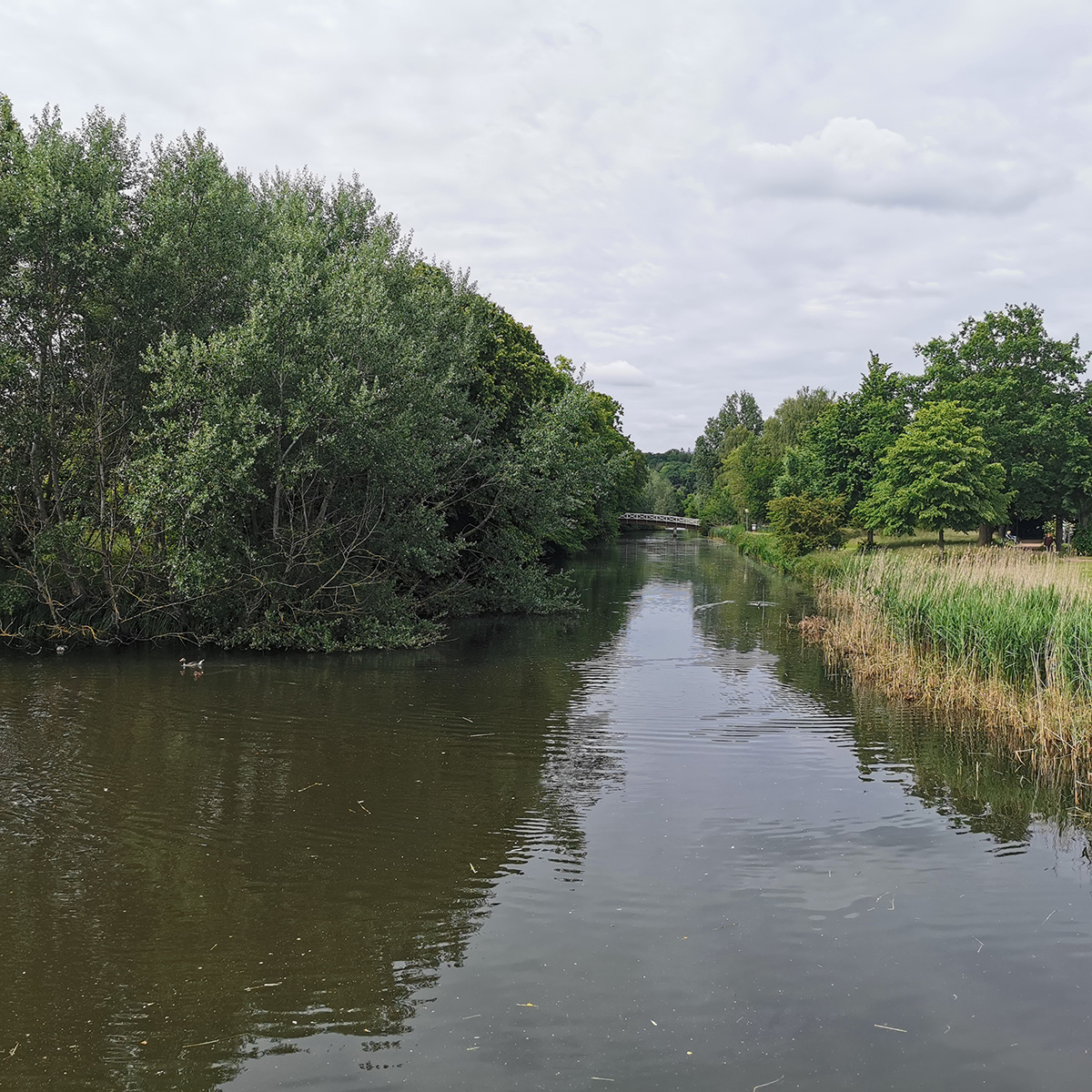
Naturpark Schlei
KM 170
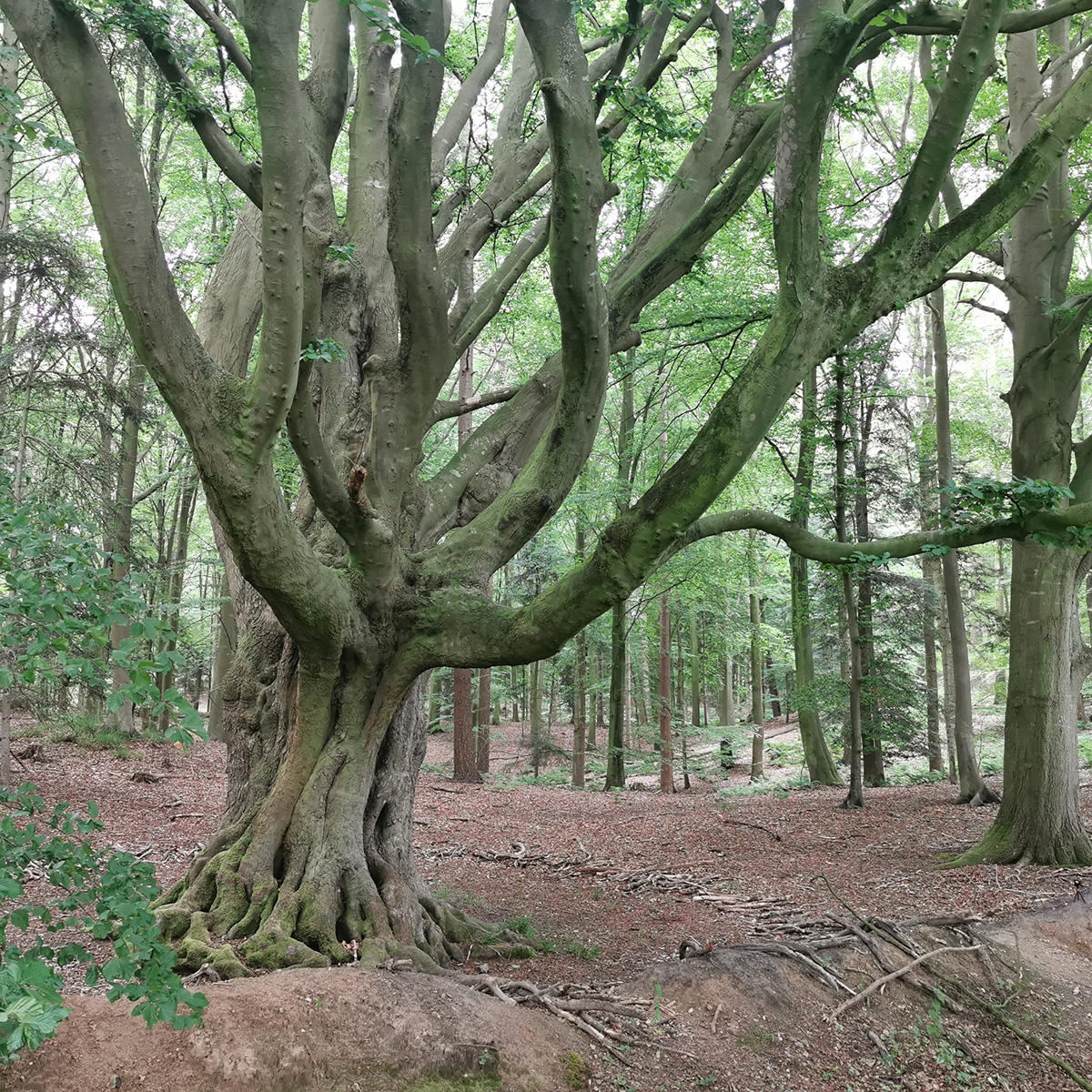
Naturpark Hüttener Berge
KM 190
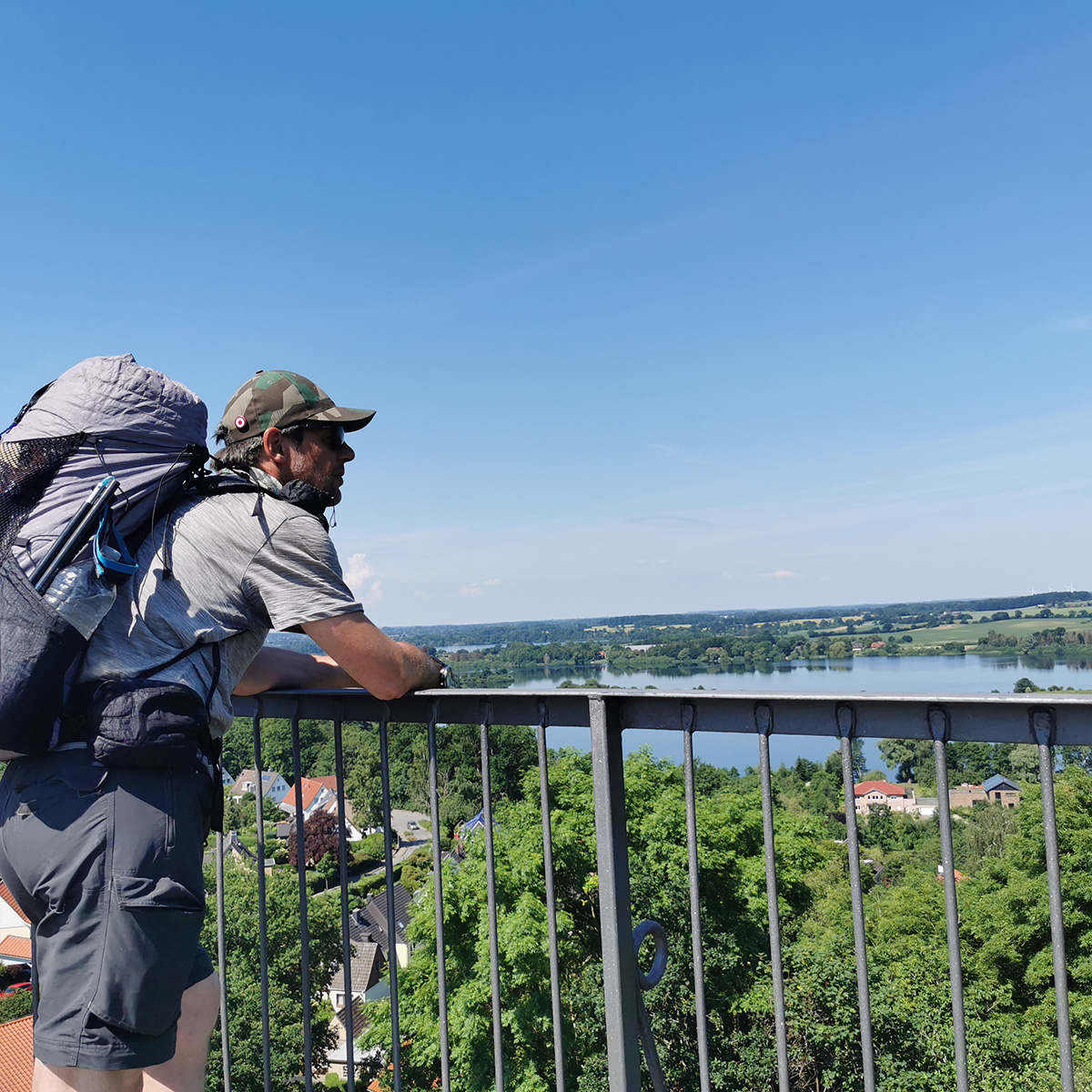
Naturpark Holsteinische Schweiz
KM 310
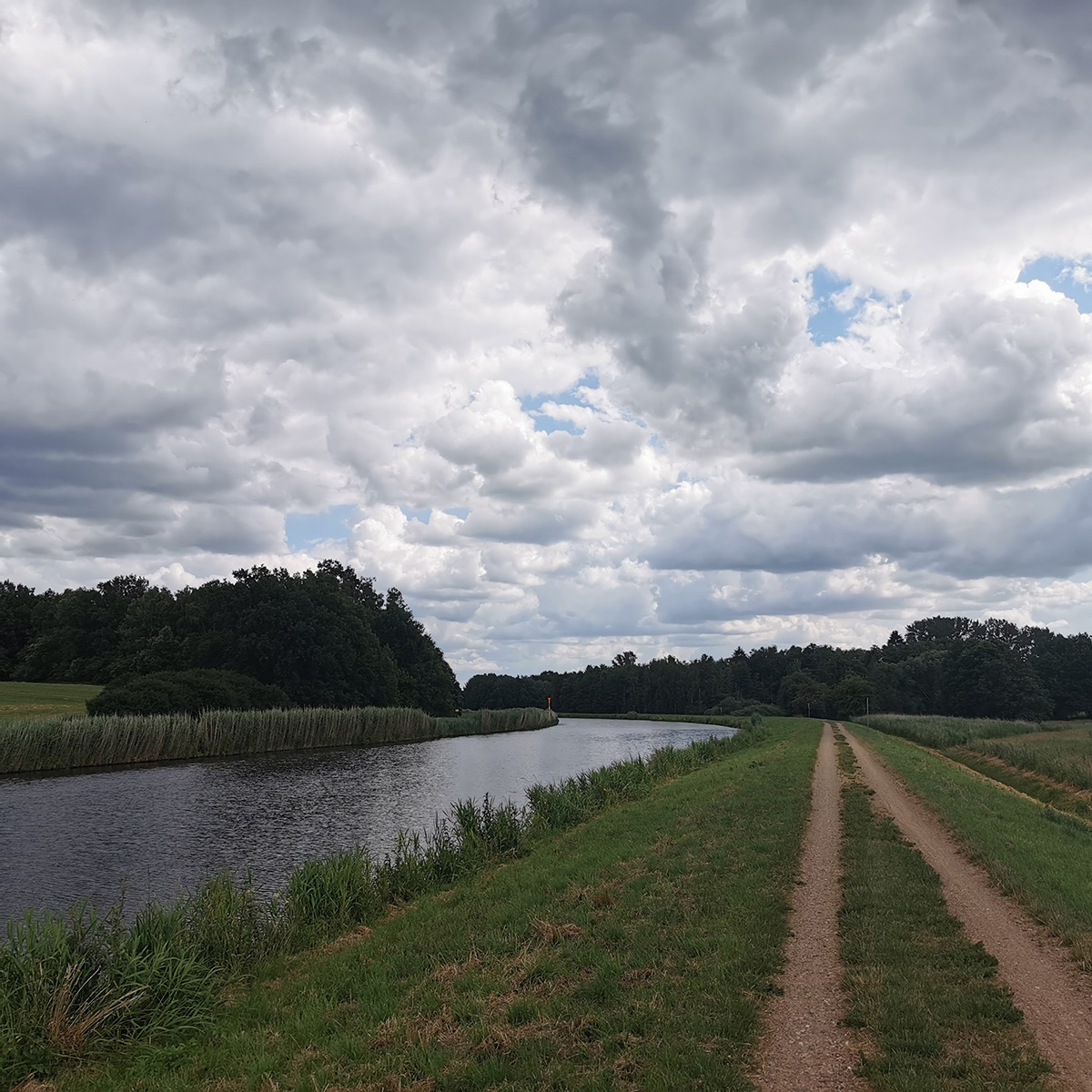
Naturpark Lauenburgische Seen
KM 450

Biospährenreservat Schaalsee
KM 490
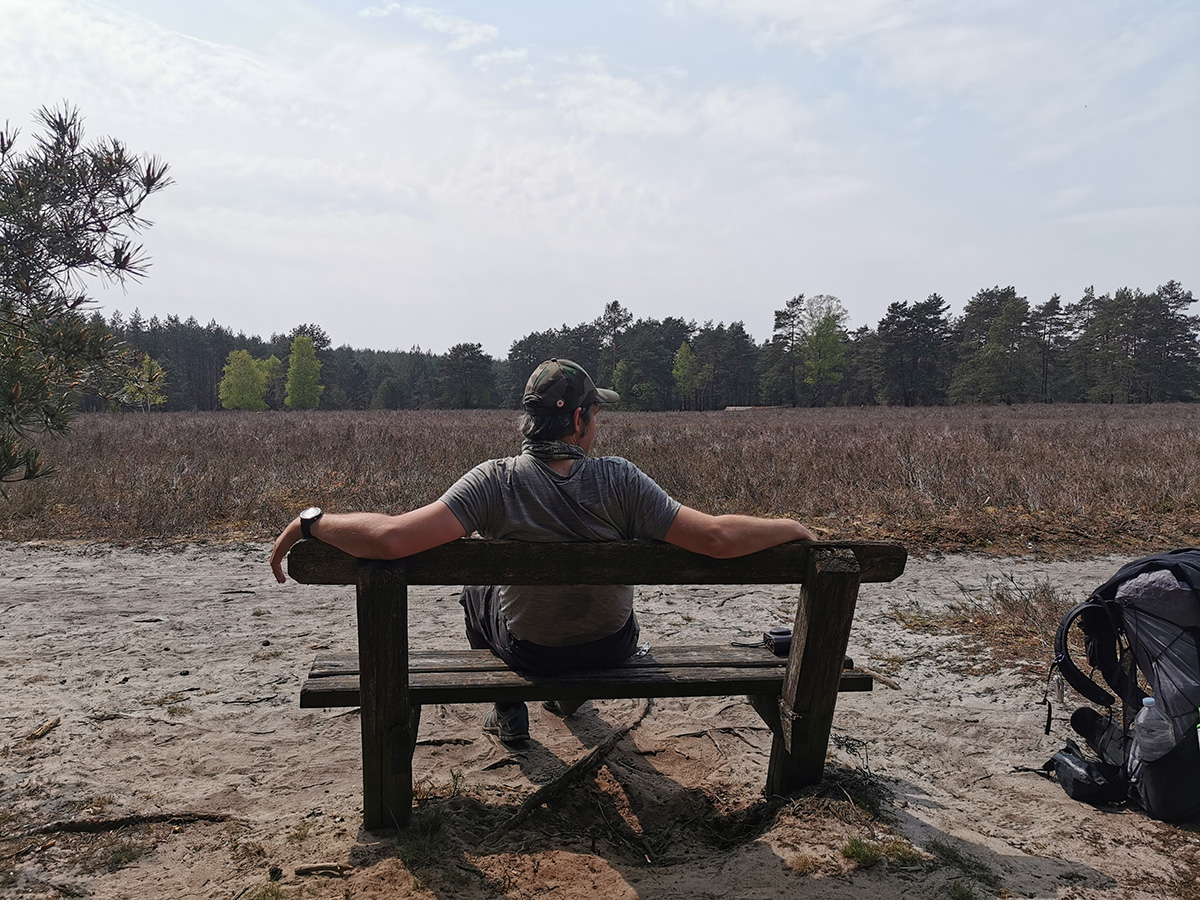
Naturpark Lüneburger Heide
KM 650
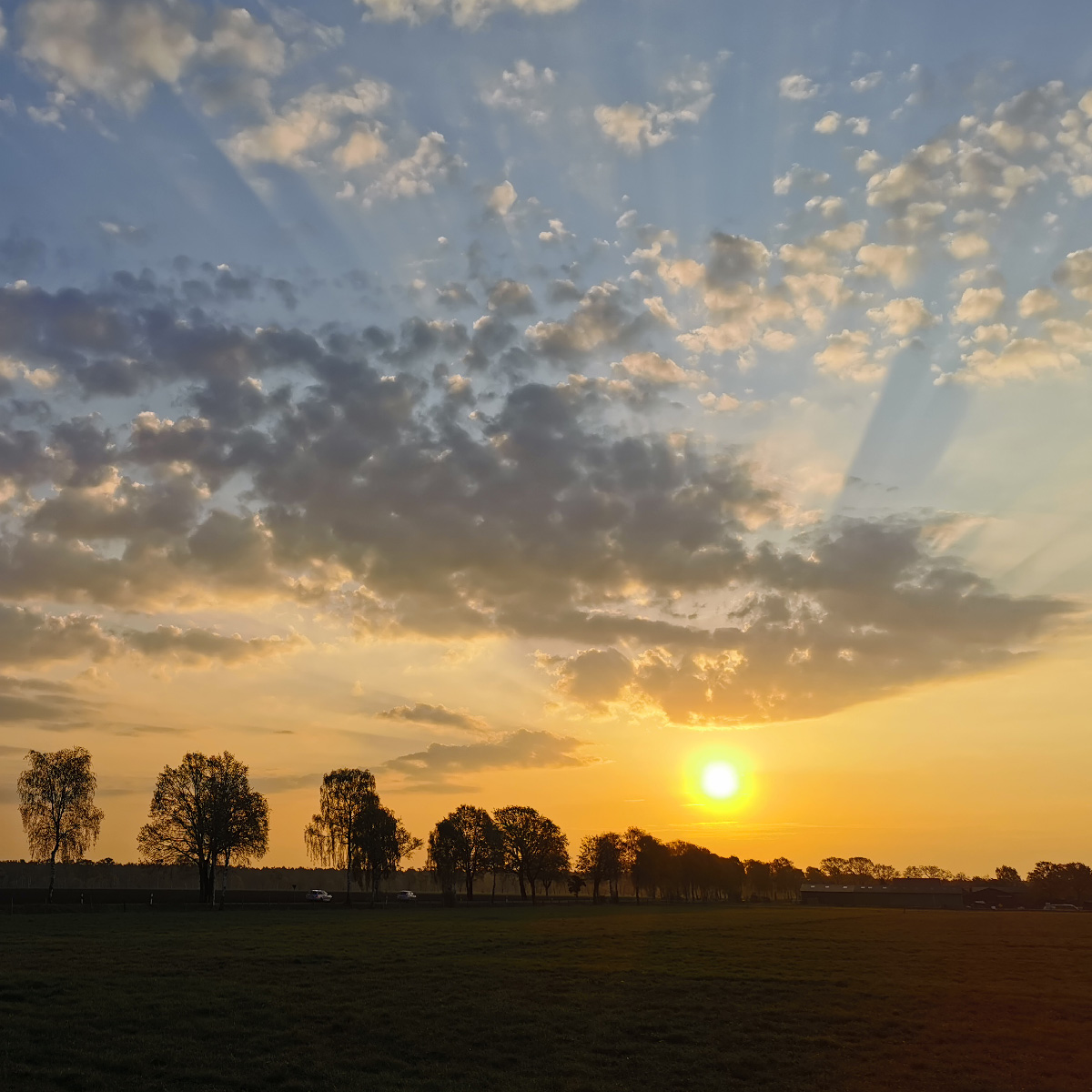
Naturpark Südheide
KM 750
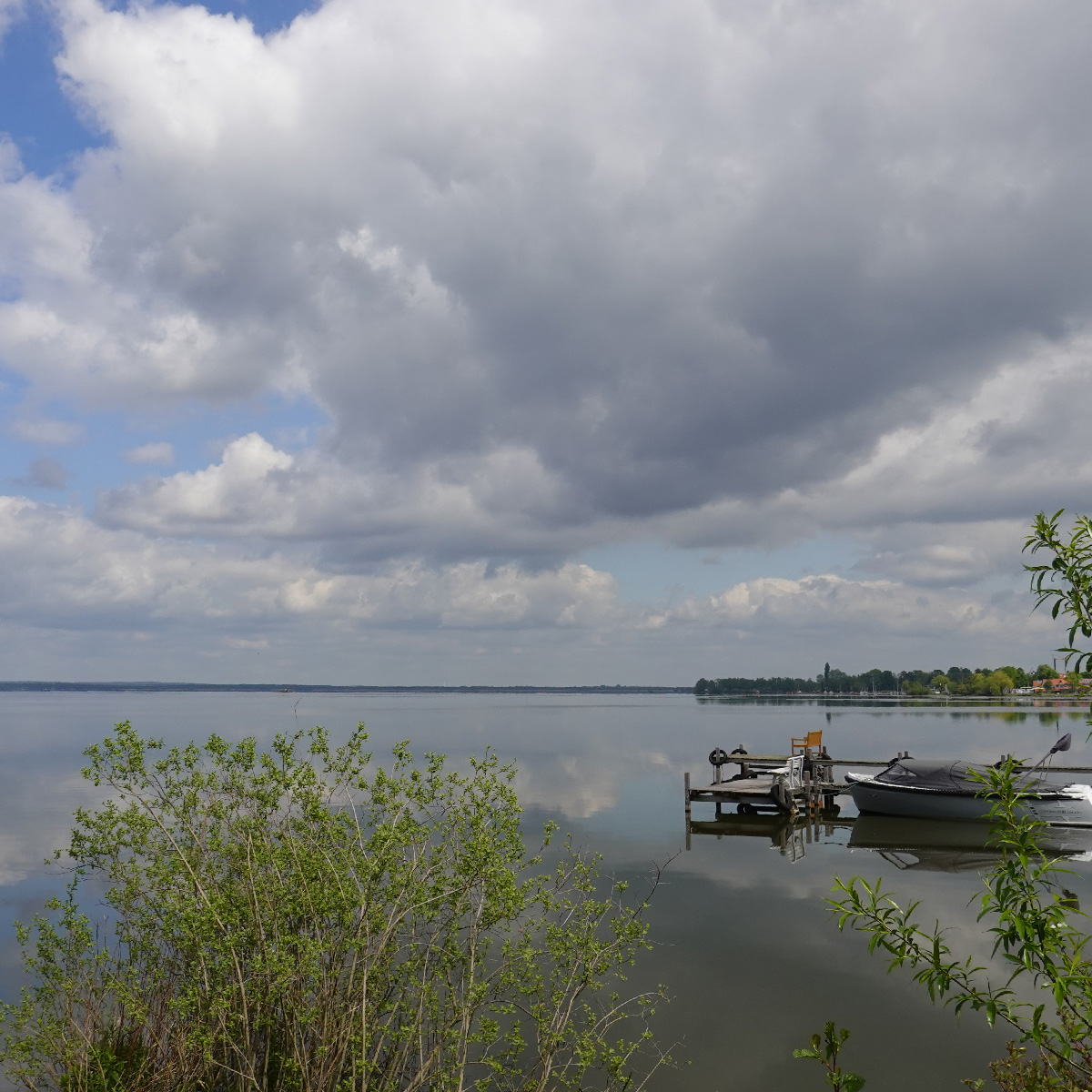
Naturpark Steinhuder Meer
KM 880
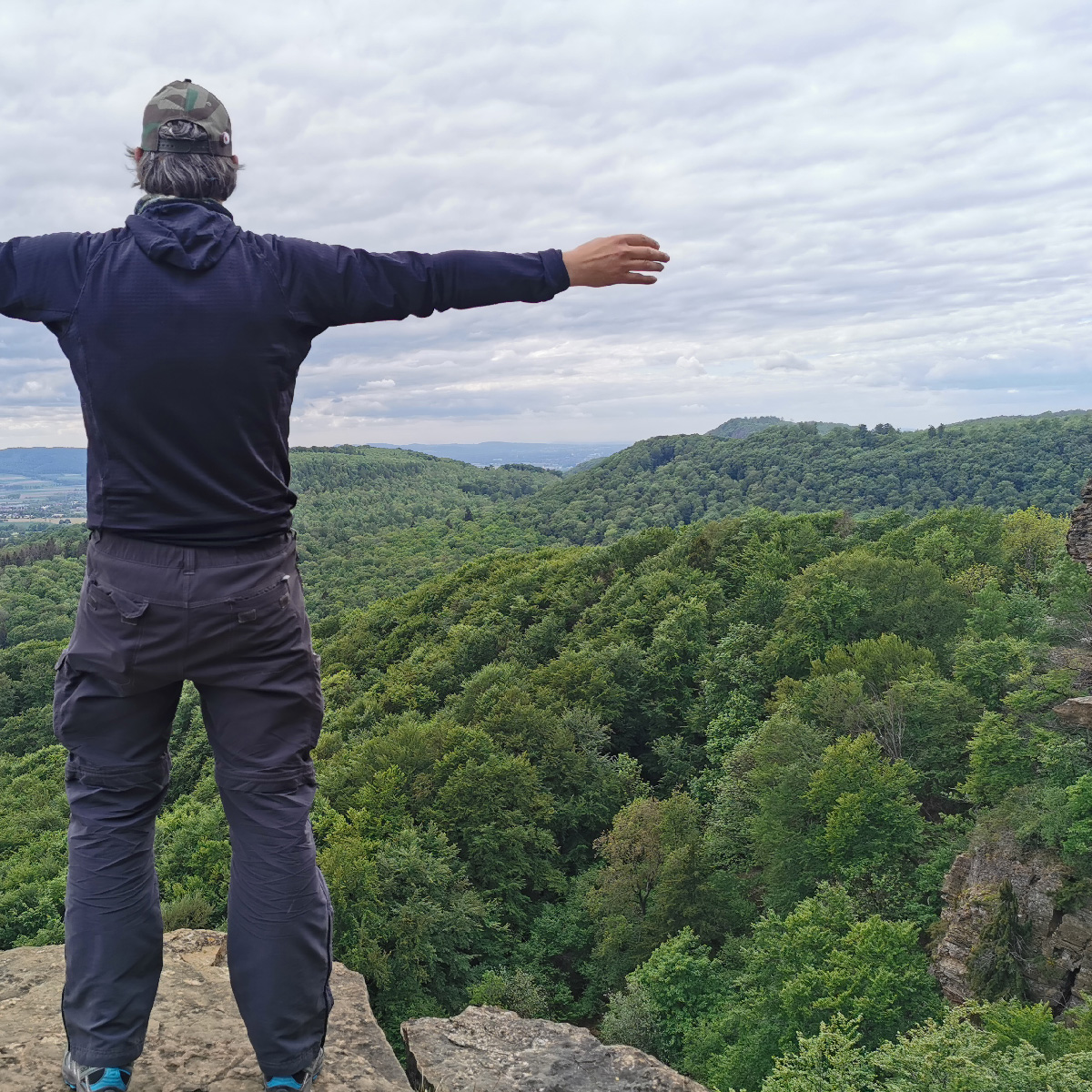
Naturpark Weserbergland
KM 1000
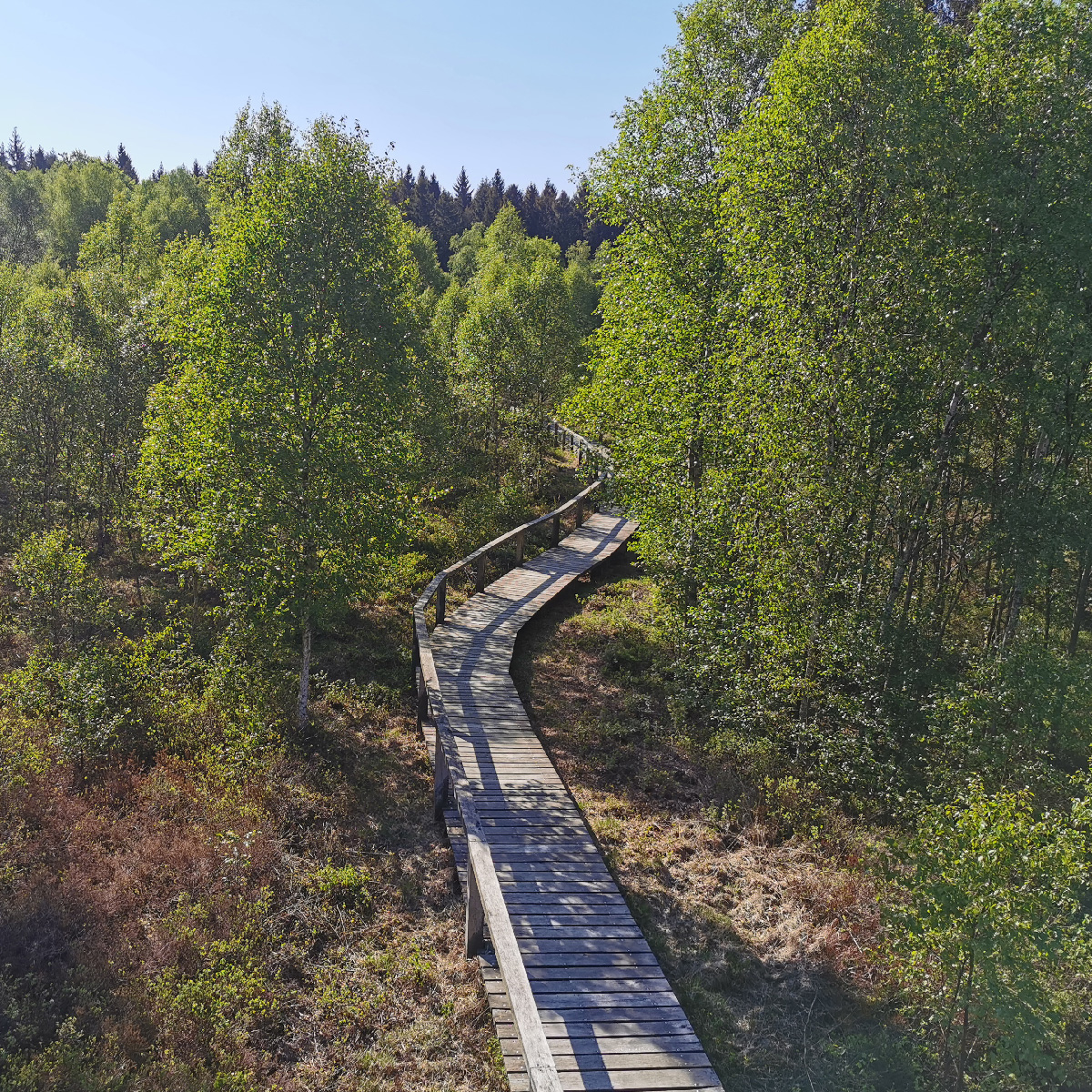
Naturpark Solling-Vogler im Weserbergland
KM 1140
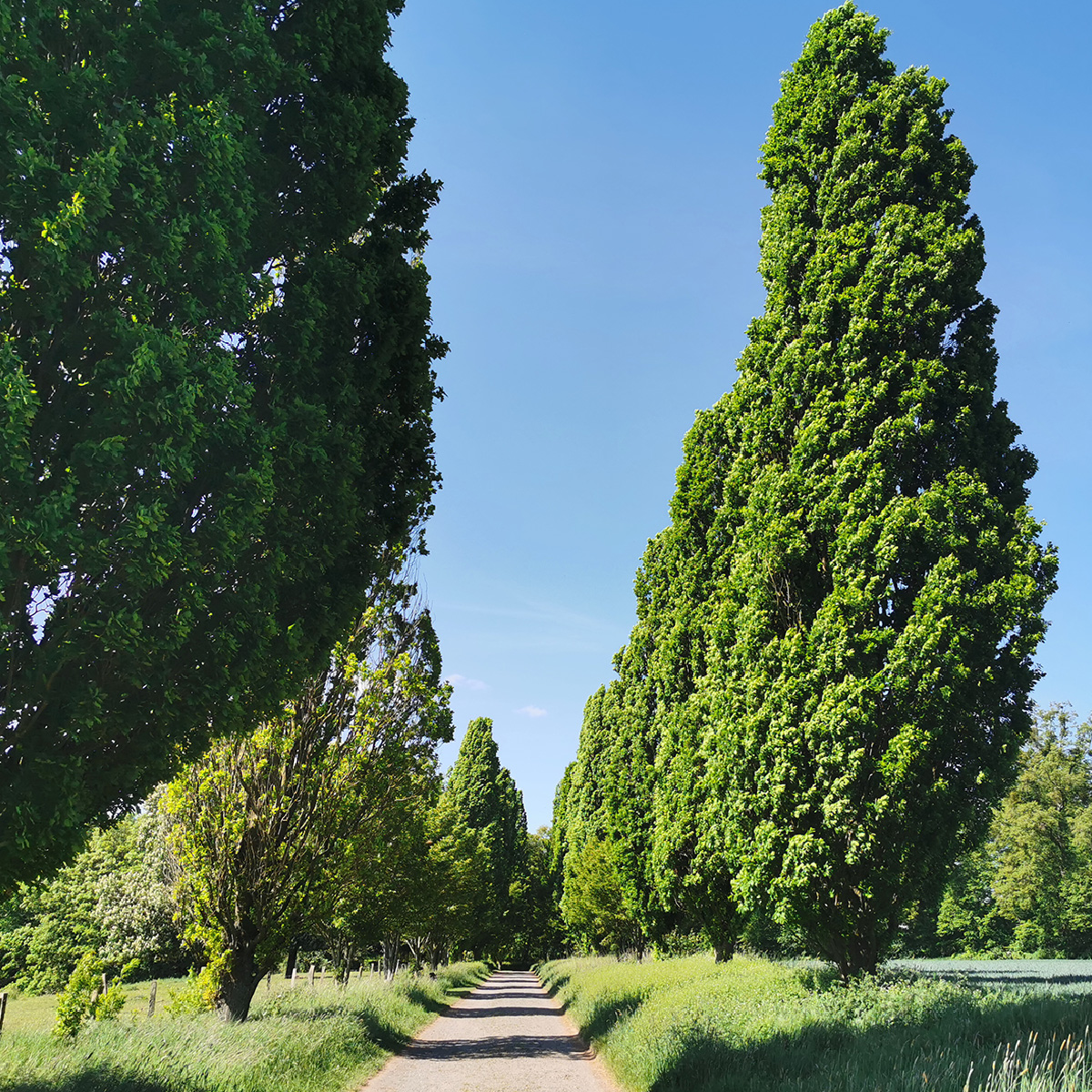
Naturpark Reinhardswald
KM 1260
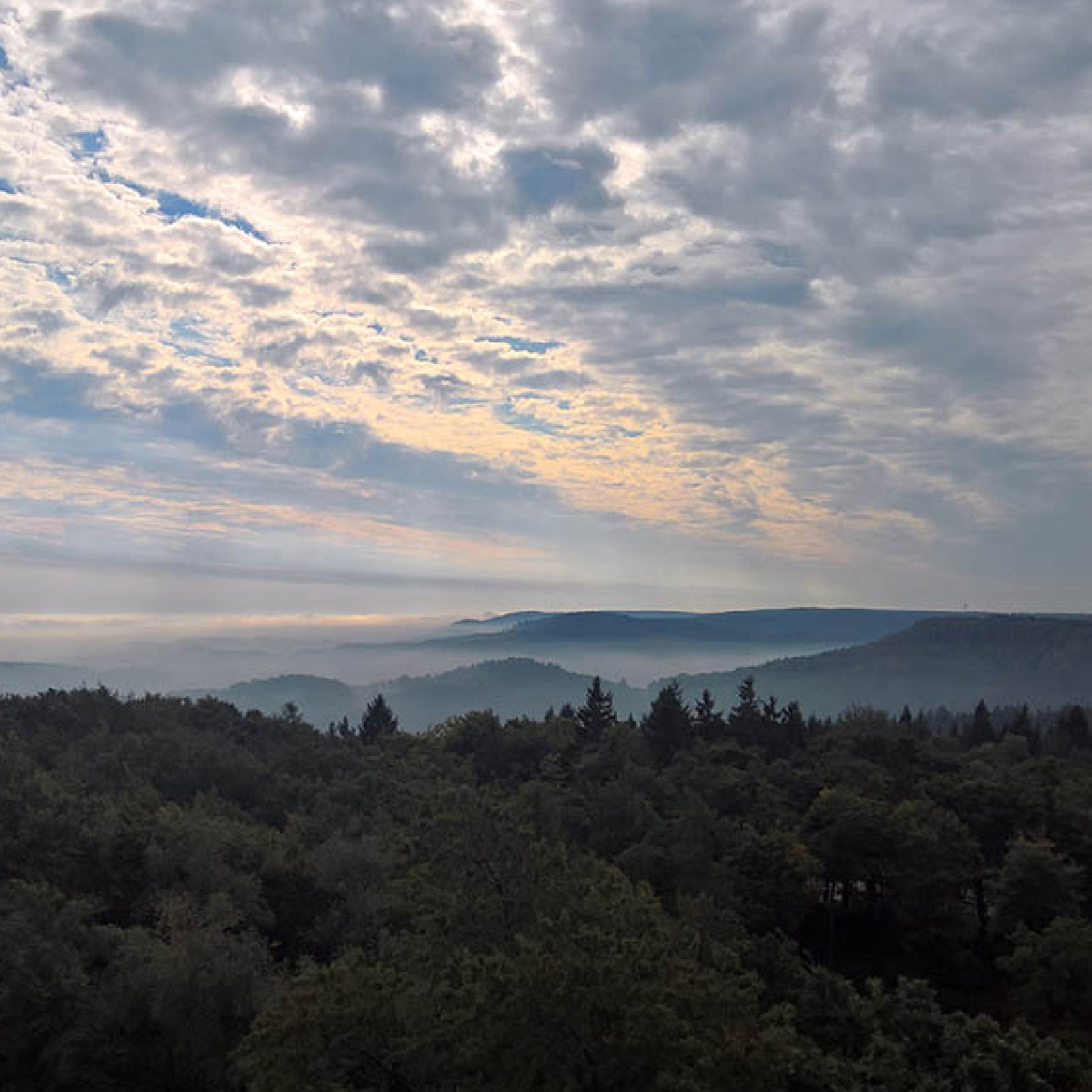
Naturpark Teutoburger Wald/Eggegebirge
KM 1300
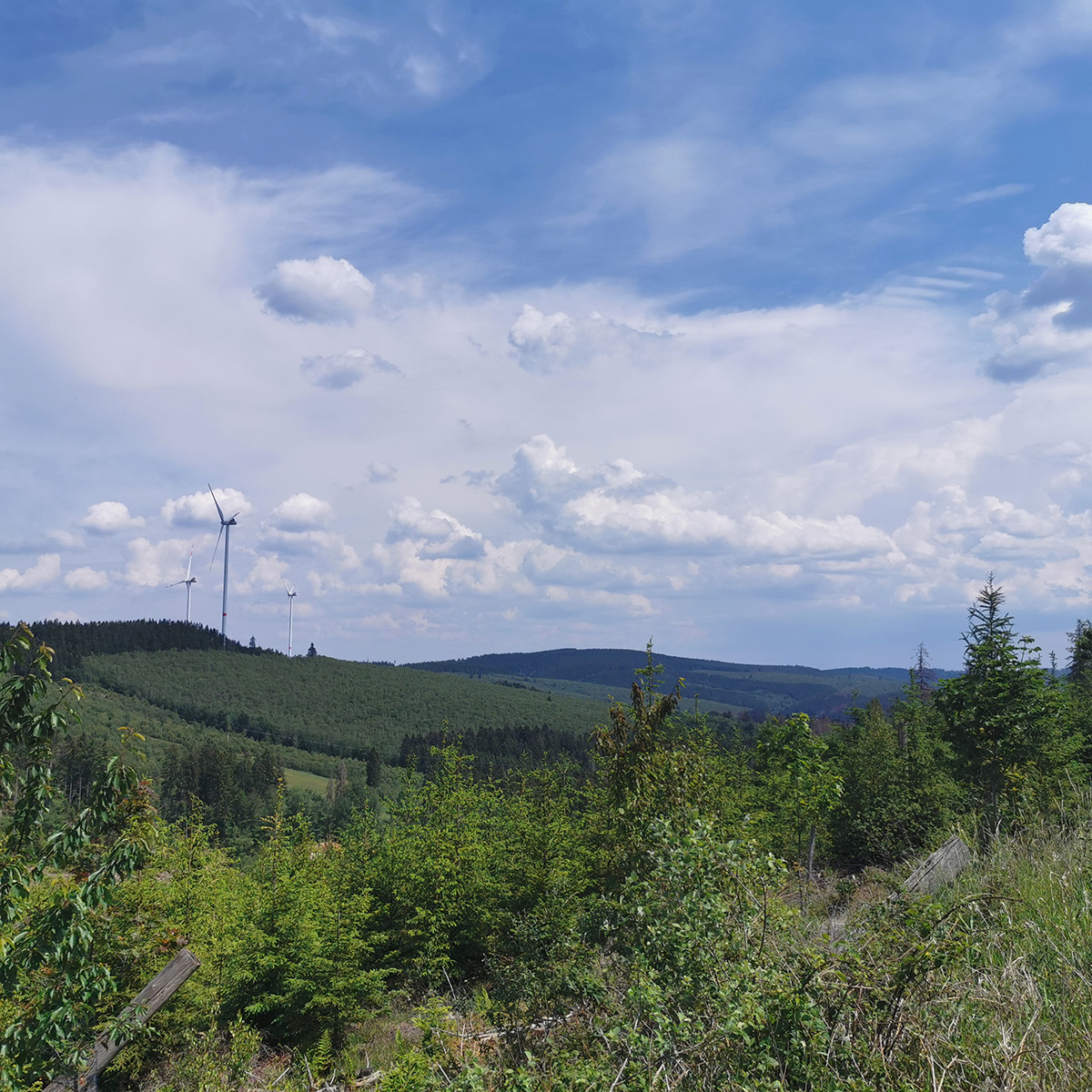
Naturpark Sauerland-Rothaargebirge
KM 1360
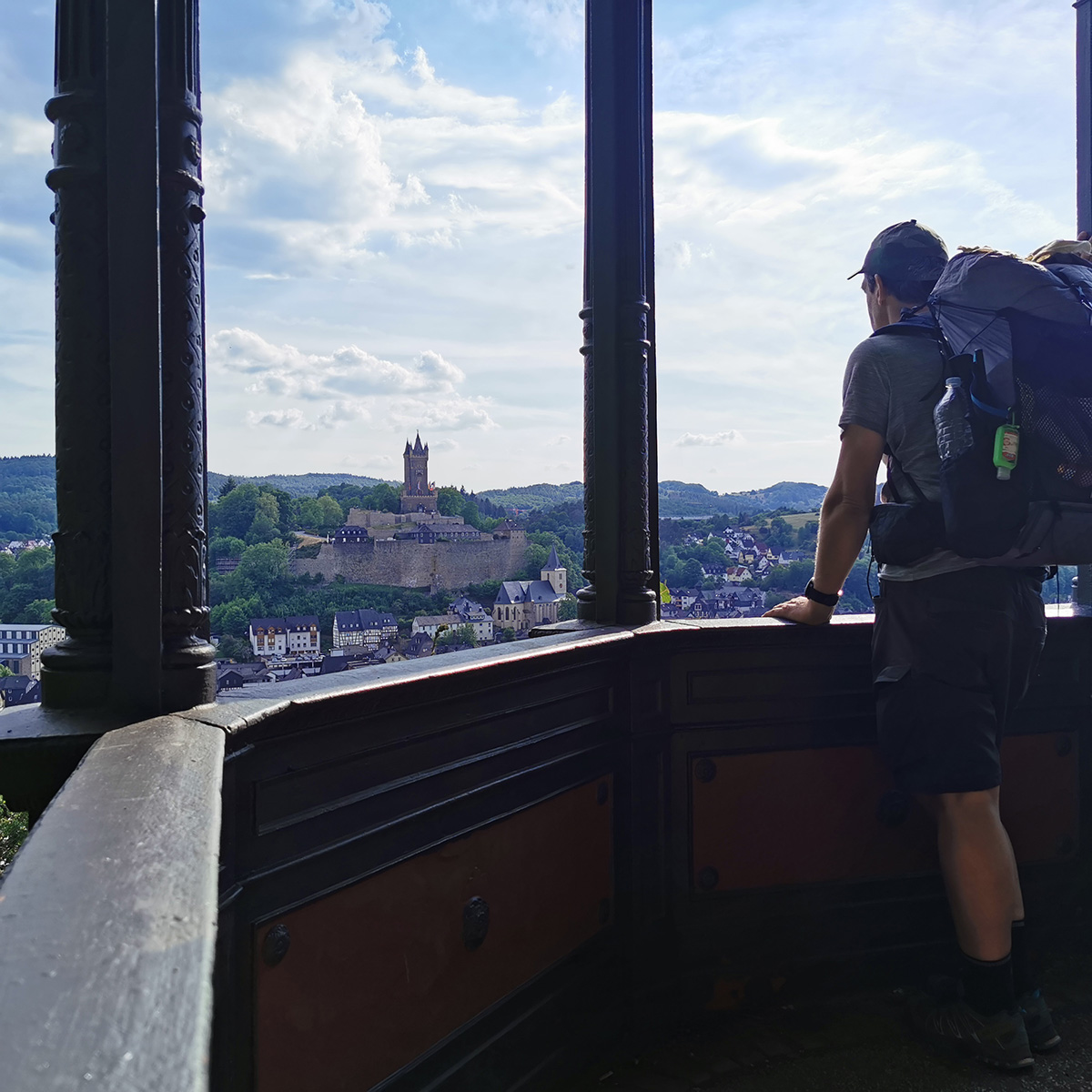
Naturpark Lahn-Dill-Bergland
KM 1490
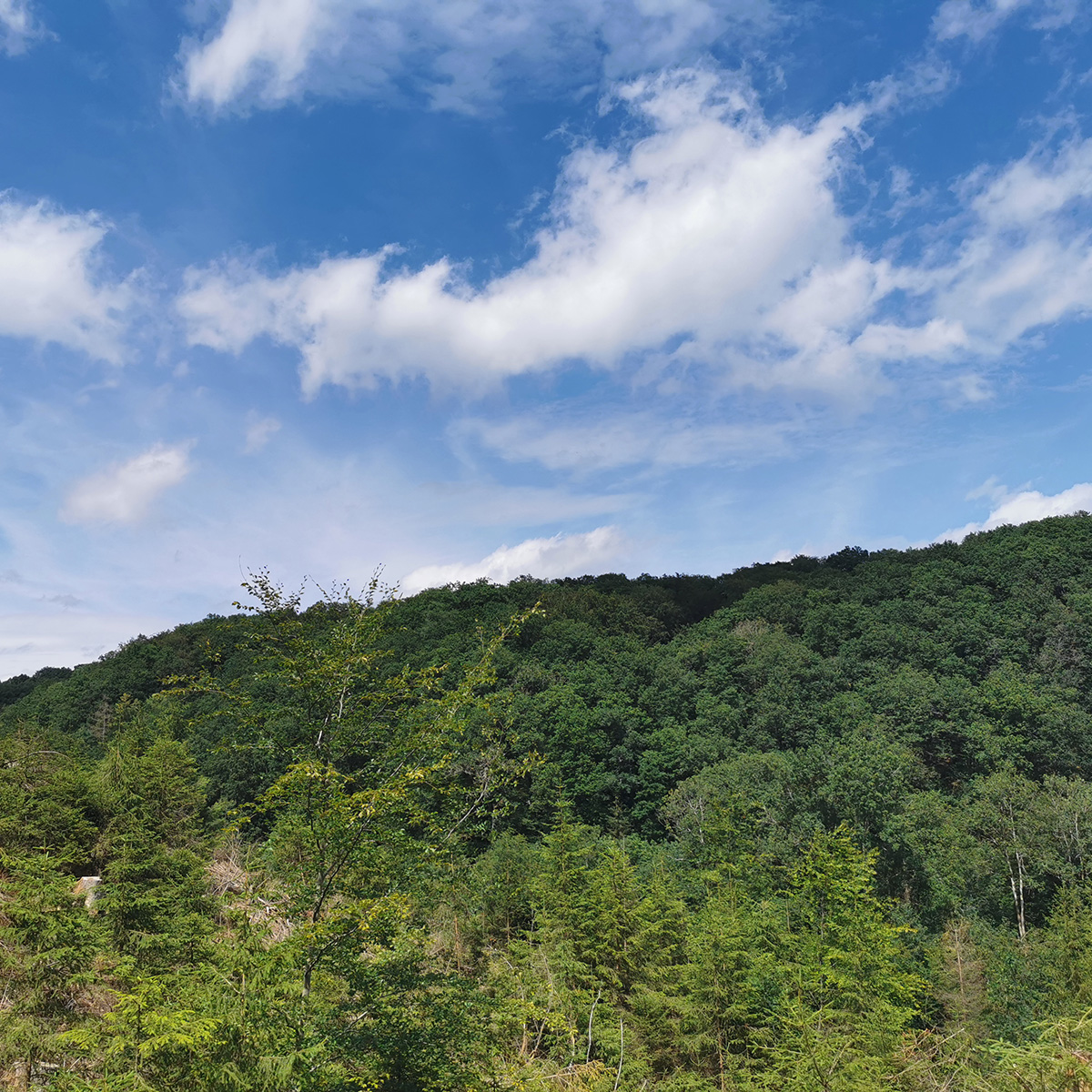
Naturpark Bergisches Land
KM 1600
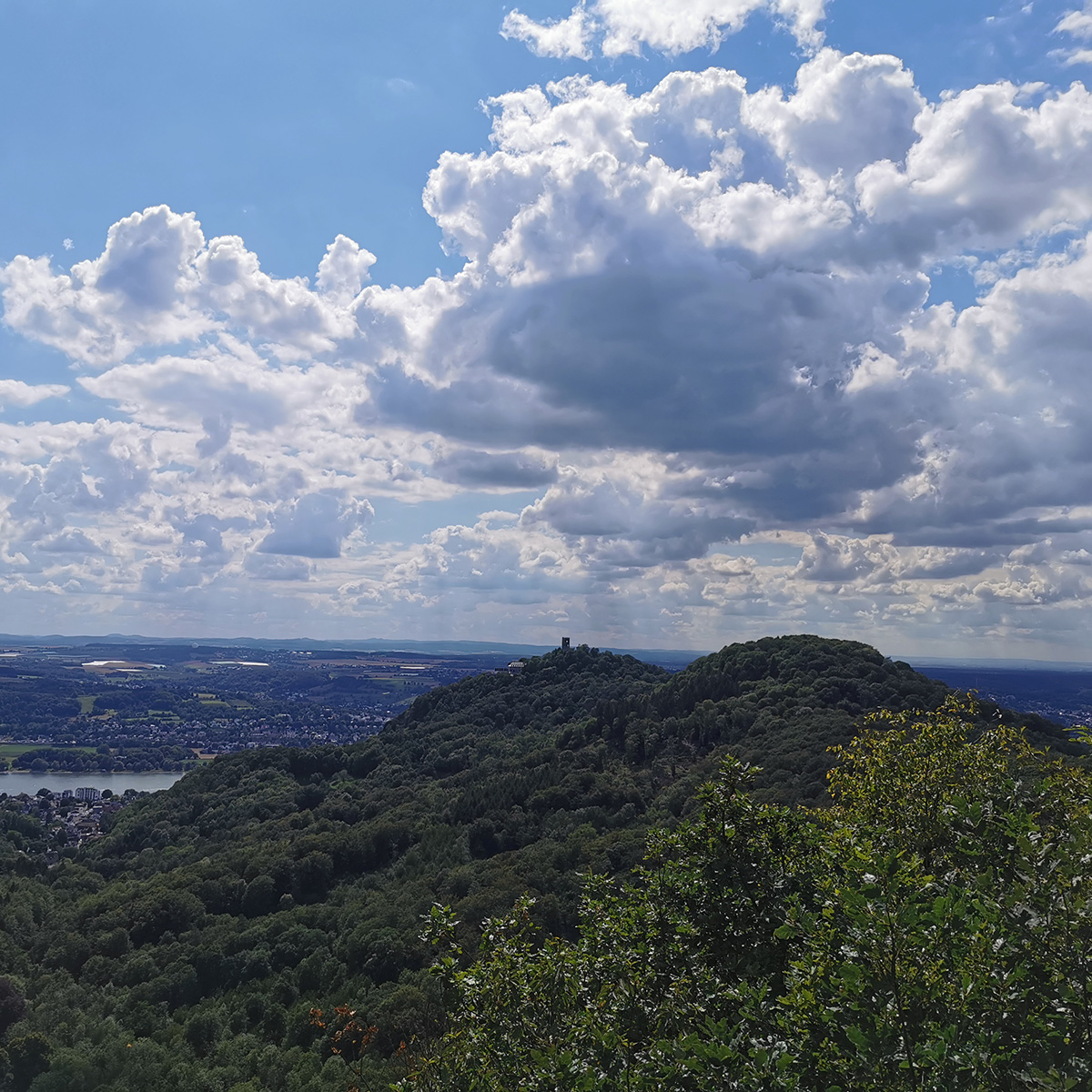
Naturpark Siebengebirge
KM 1760
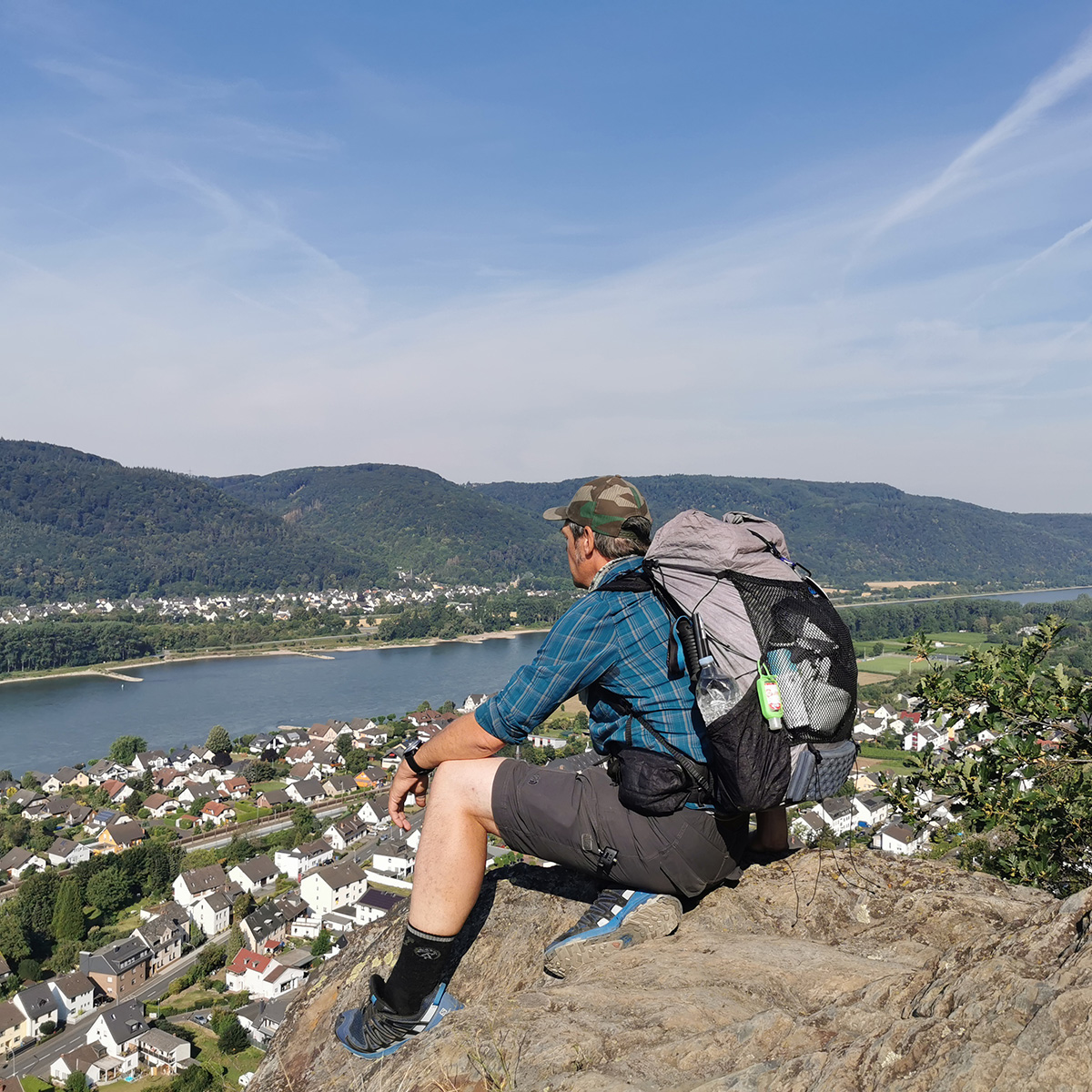
Naturpark Rhein-Westerwald
KM 1850
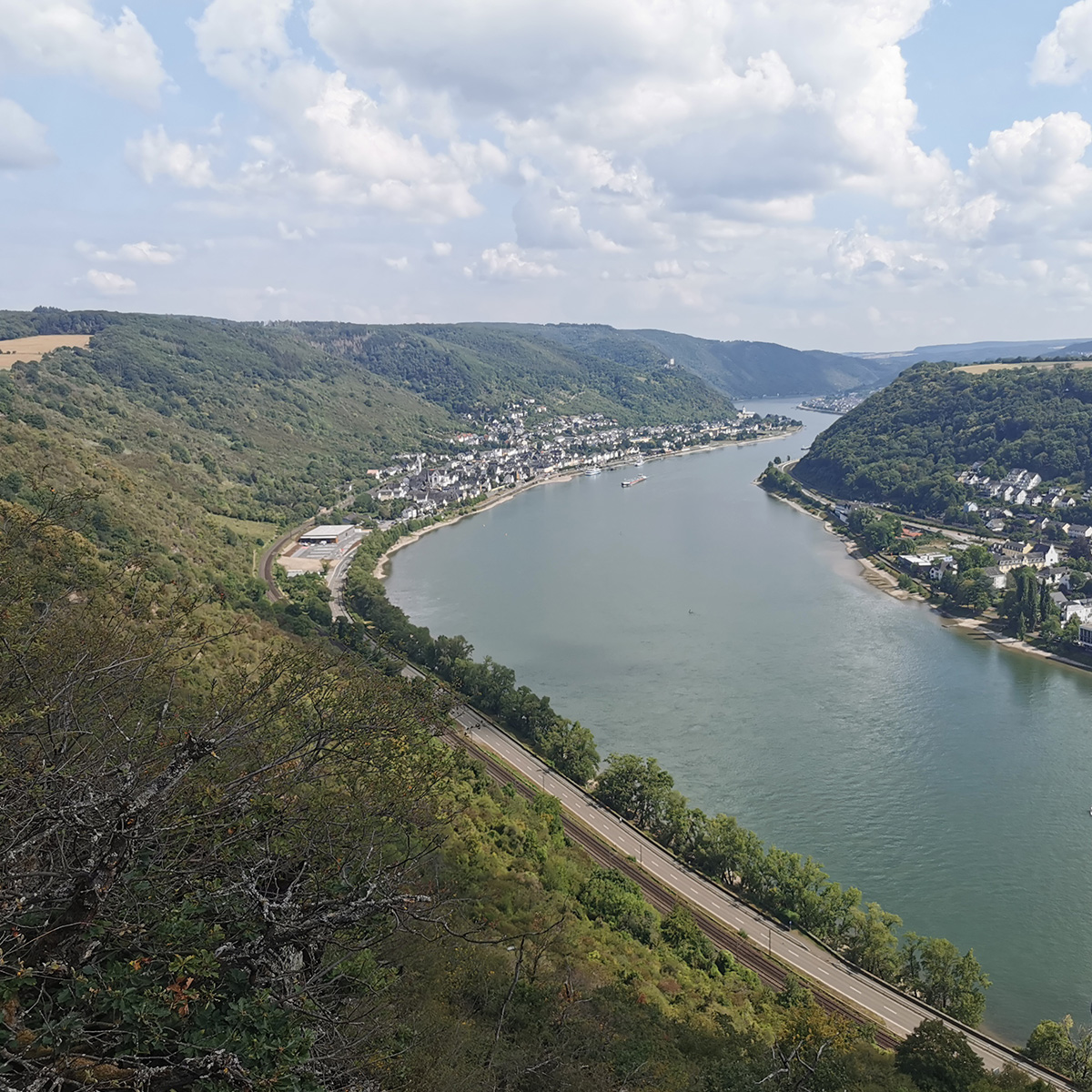
Naturpark Nassau
KM 1900
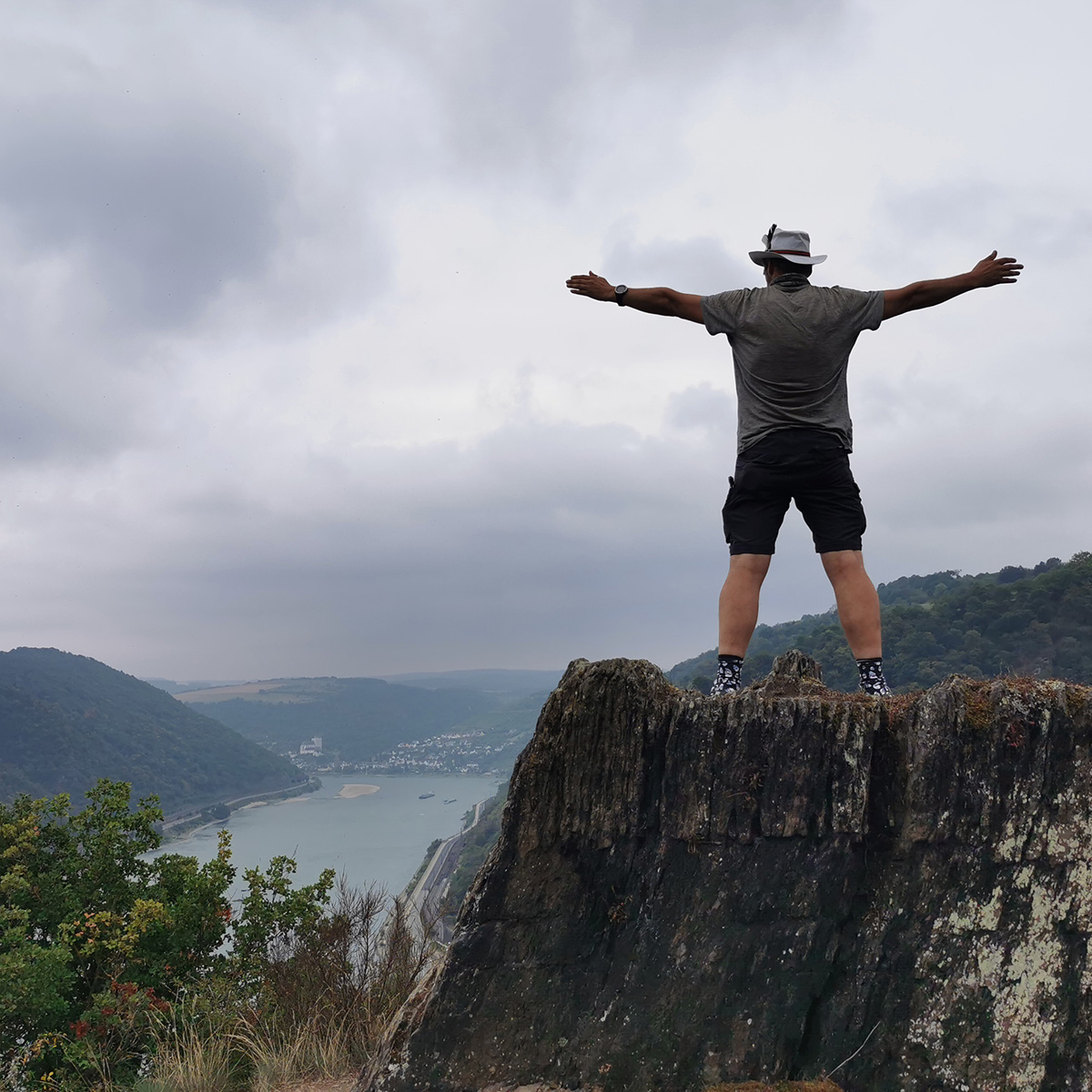
UNESCO-Welterbe Oberes Mittelrheintal
KM 1950
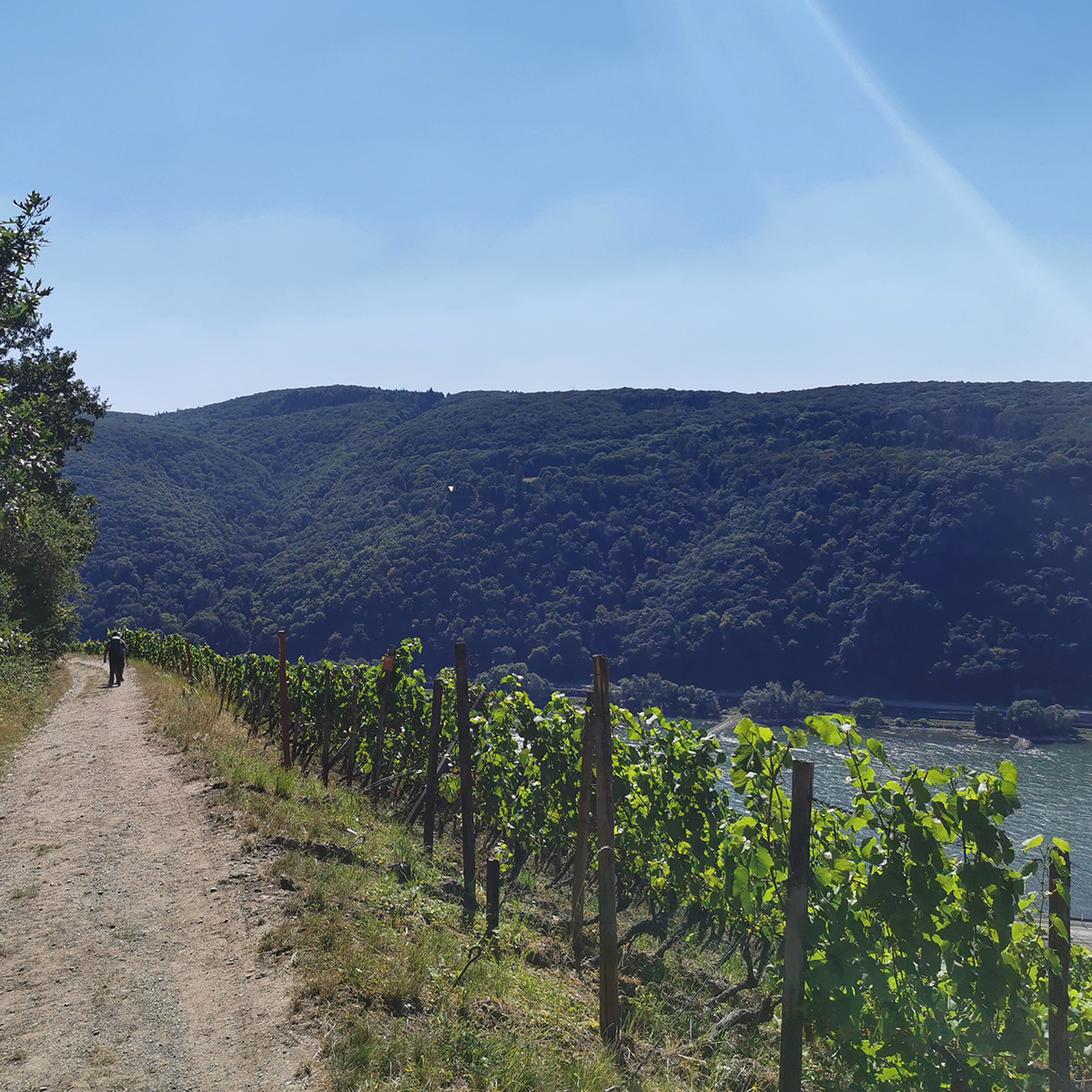
Naturpark Rhein-Taunus
KM 2000
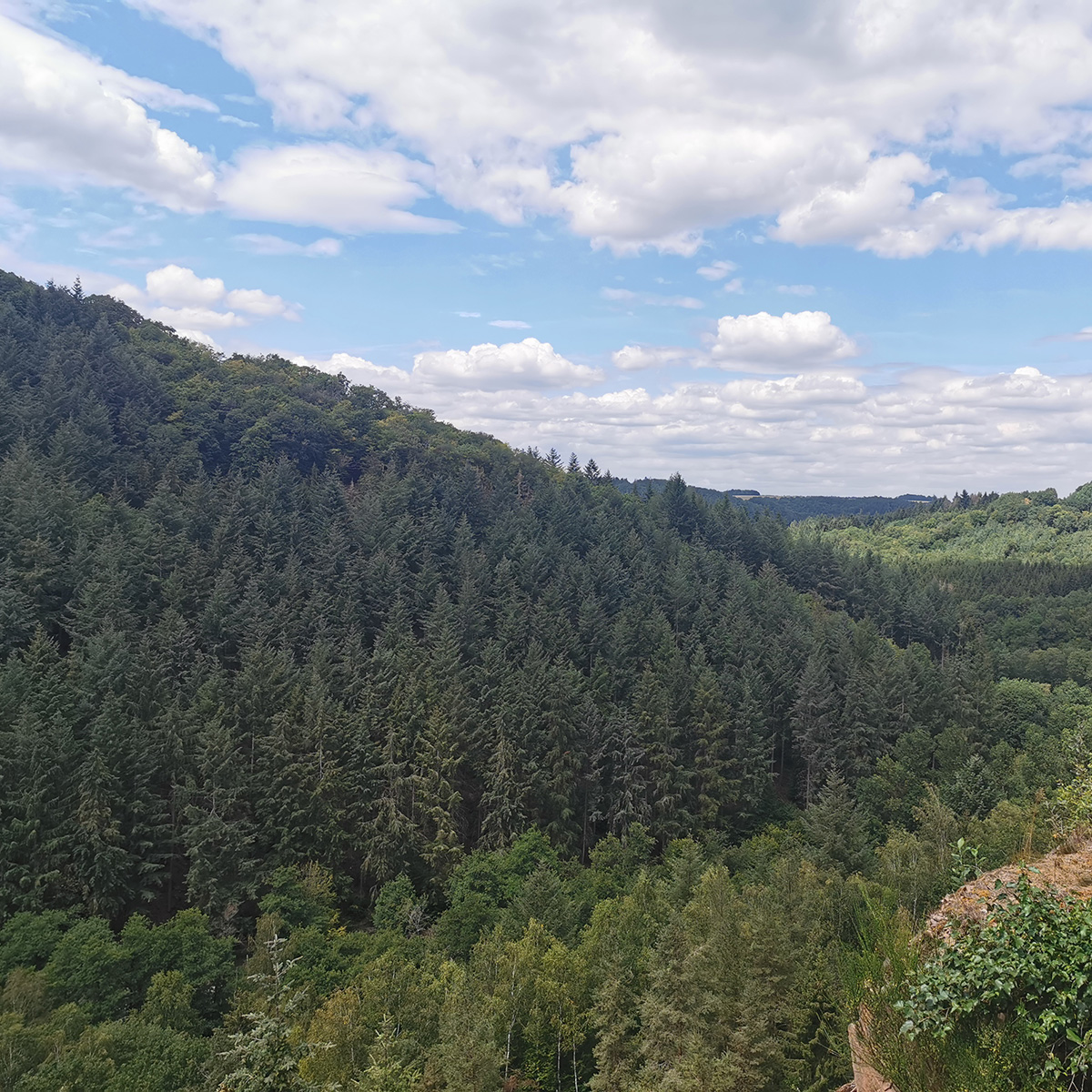
Naturpark Soonwald-Nahe
KM 2030
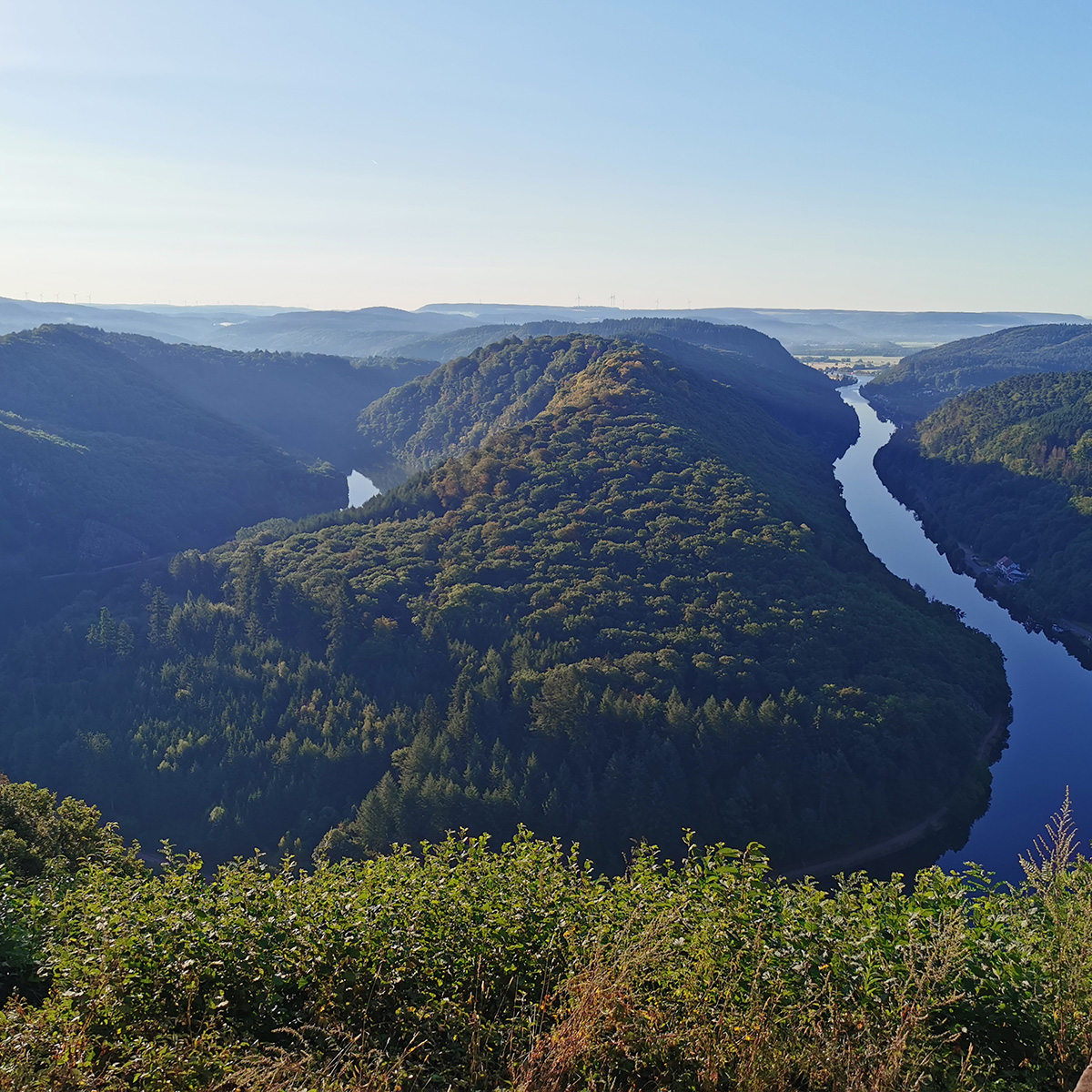
Nationalpark & Naturpark Saar-Hunsrück
KM 2200
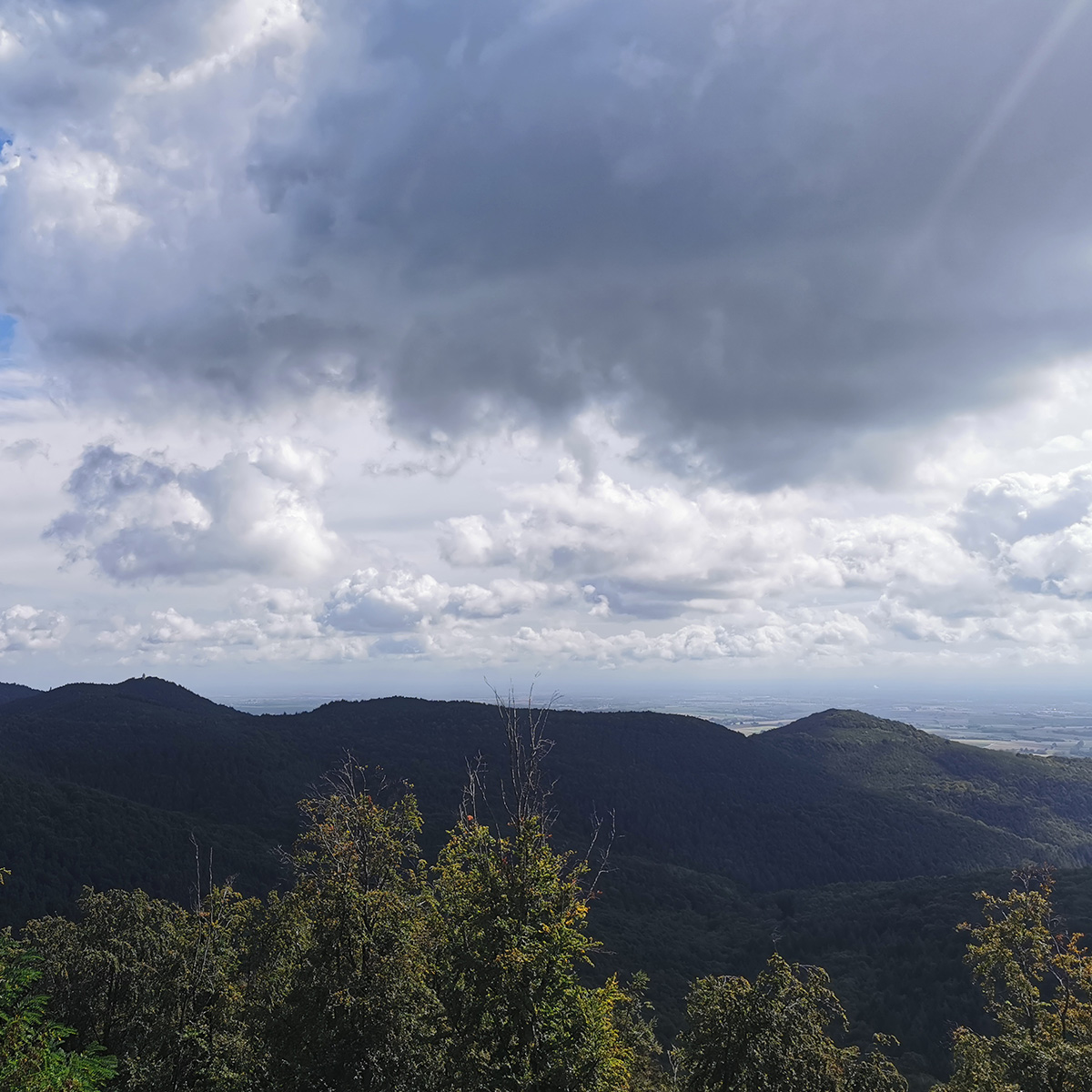
Biosphärenreservat Pfälzerwald
KM 2450
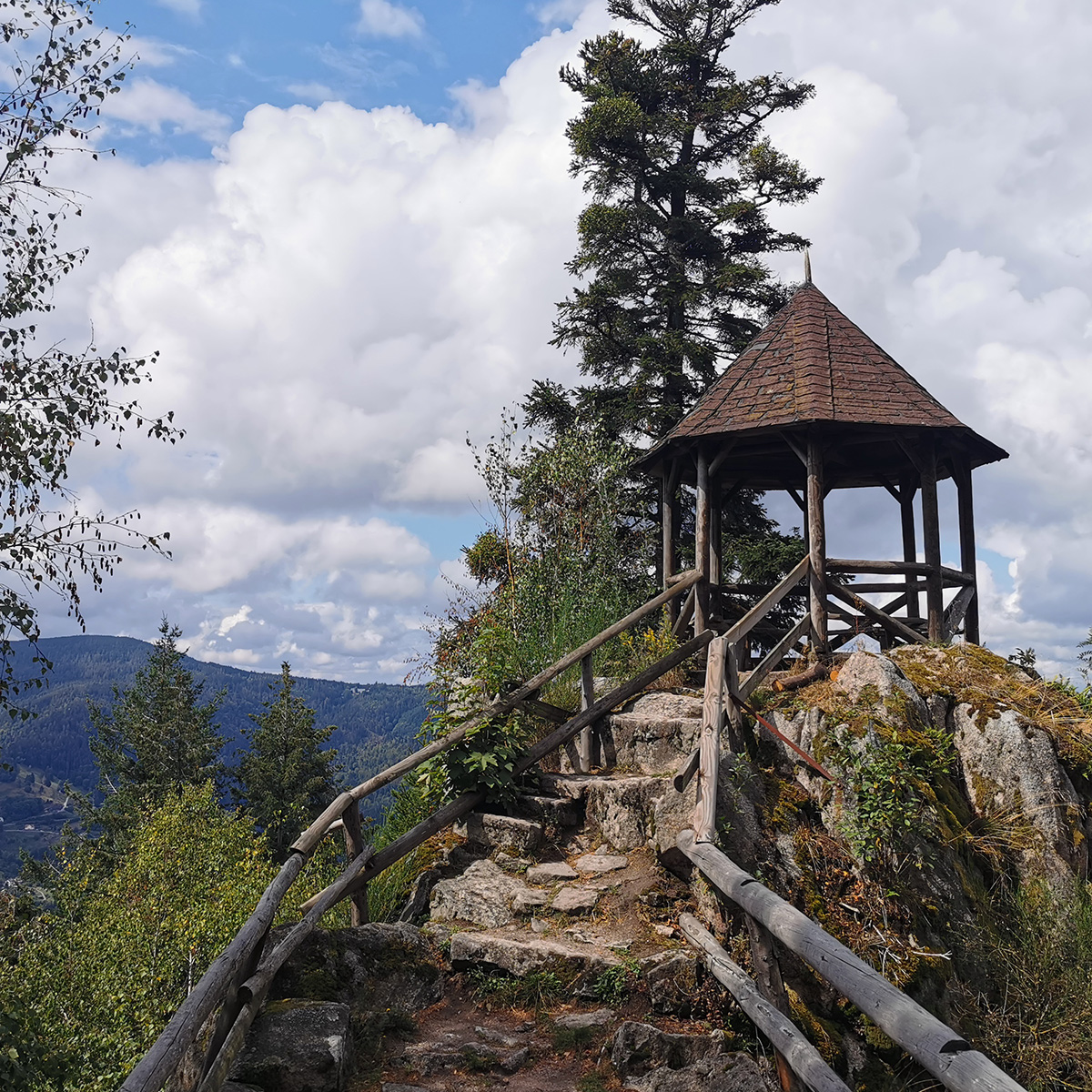
Naturpark Schwarzwald Mitte/Nord
KM 2700
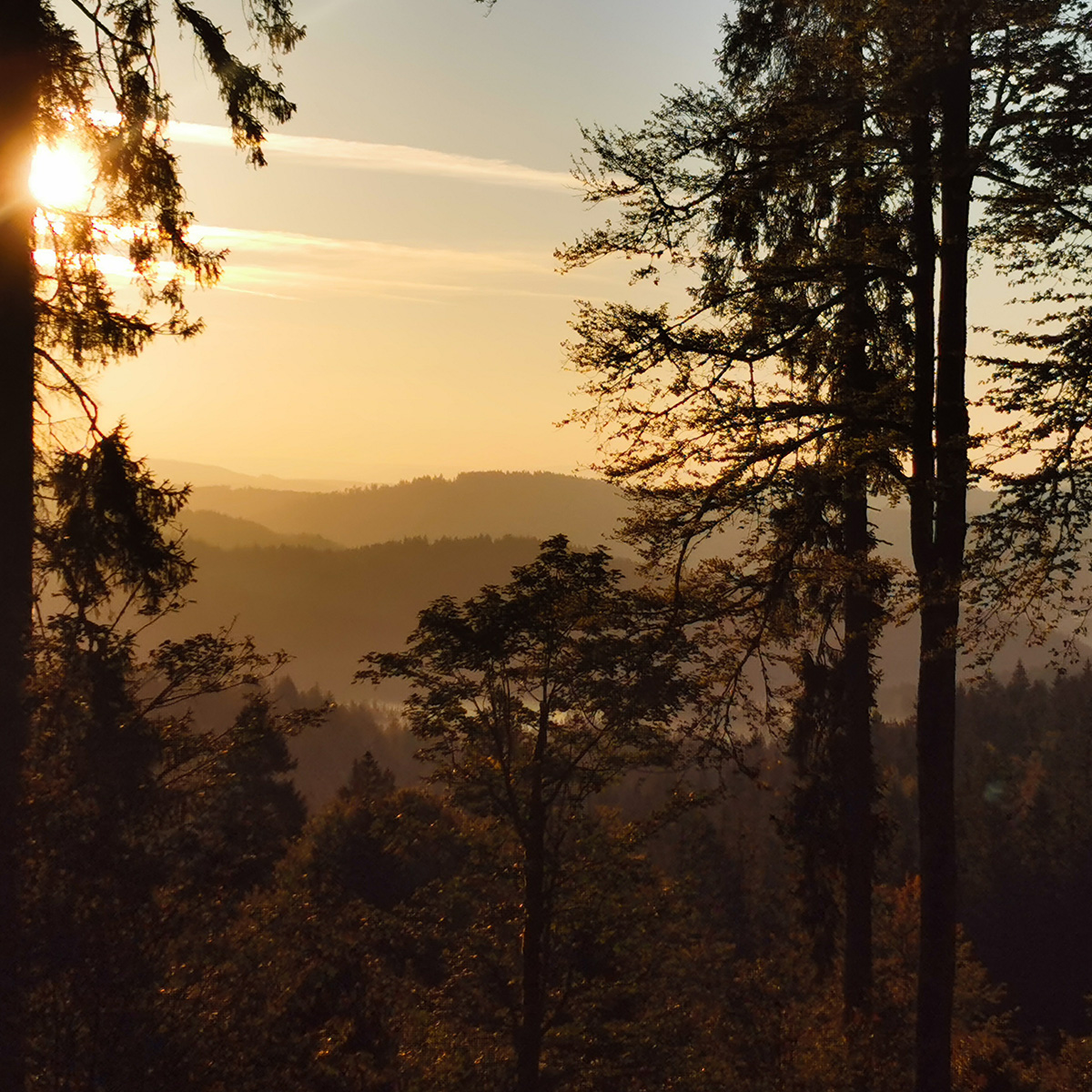
Nationalpark Schwarzwald
KM 2900
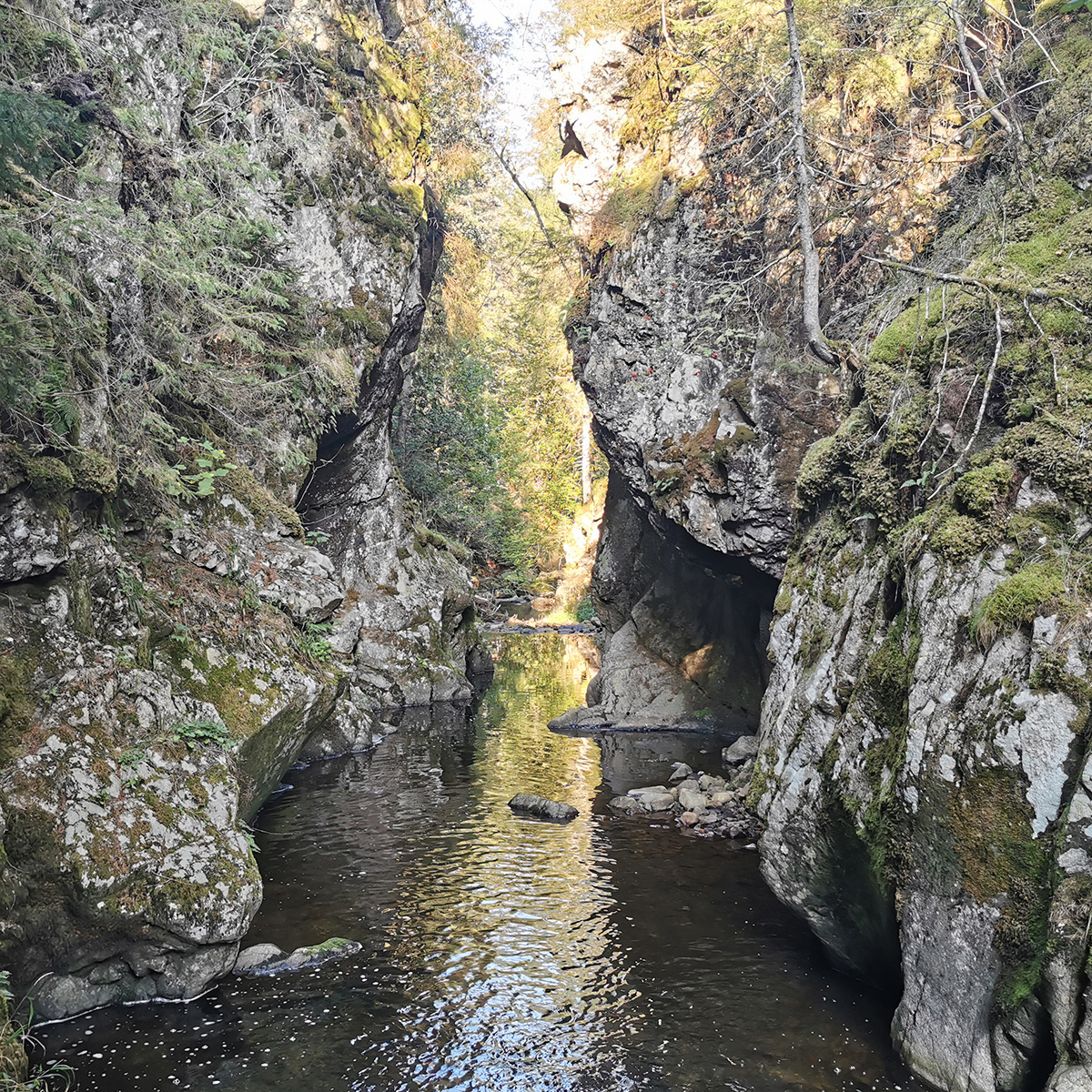
Naturpark Südschwarzwald
KM 3000
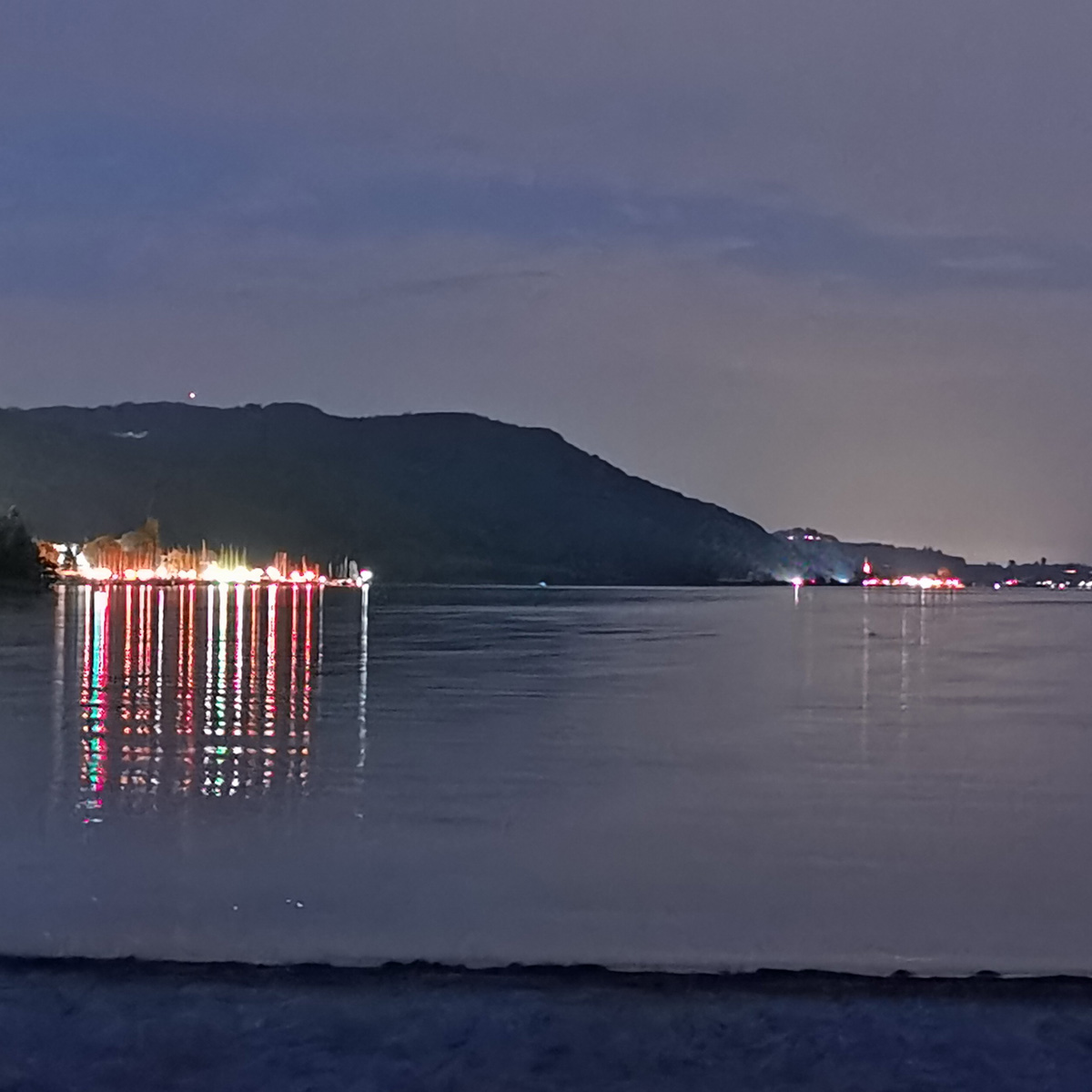
Bodensee
KM 3180
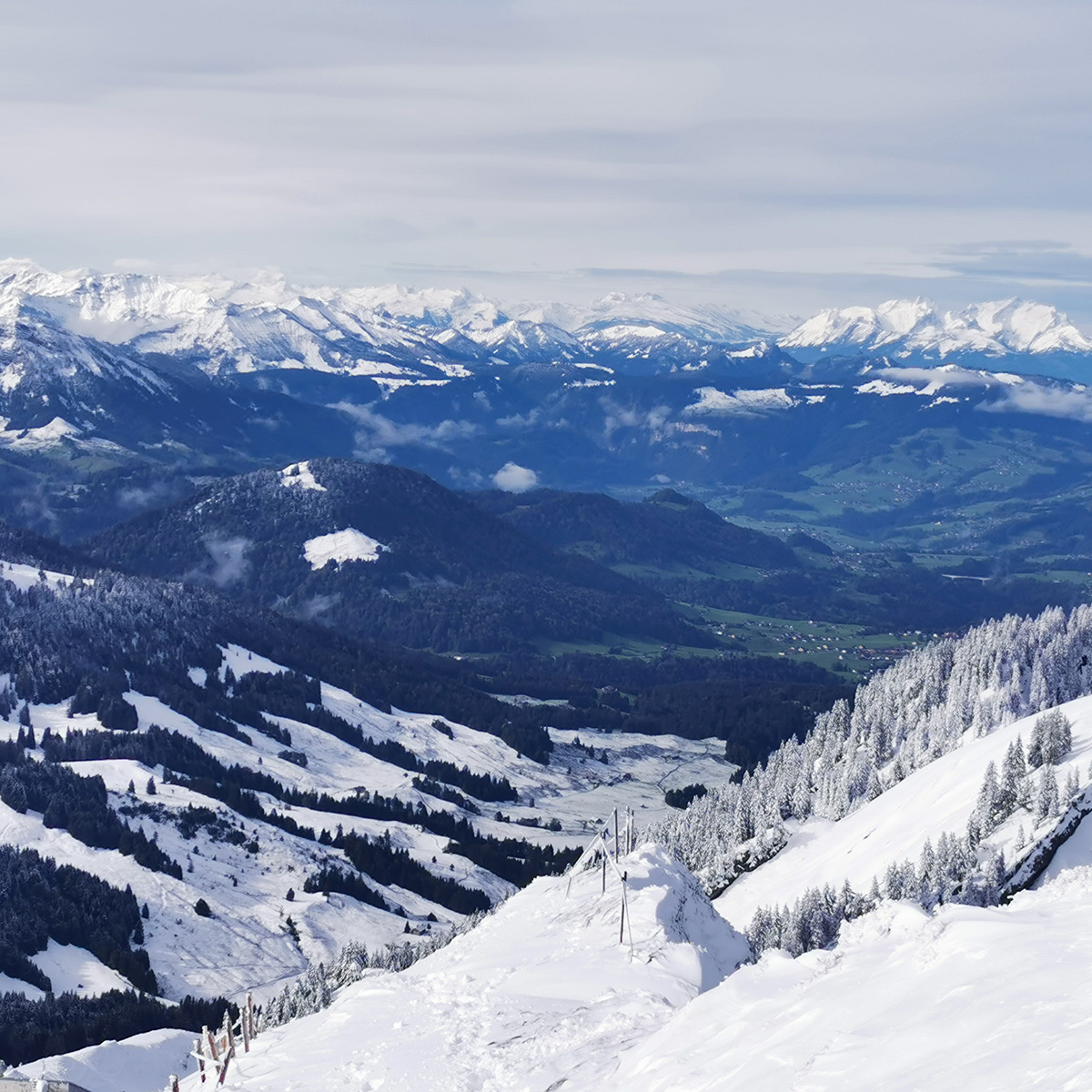
Naturpark Nagelfluhkette
KM 3300
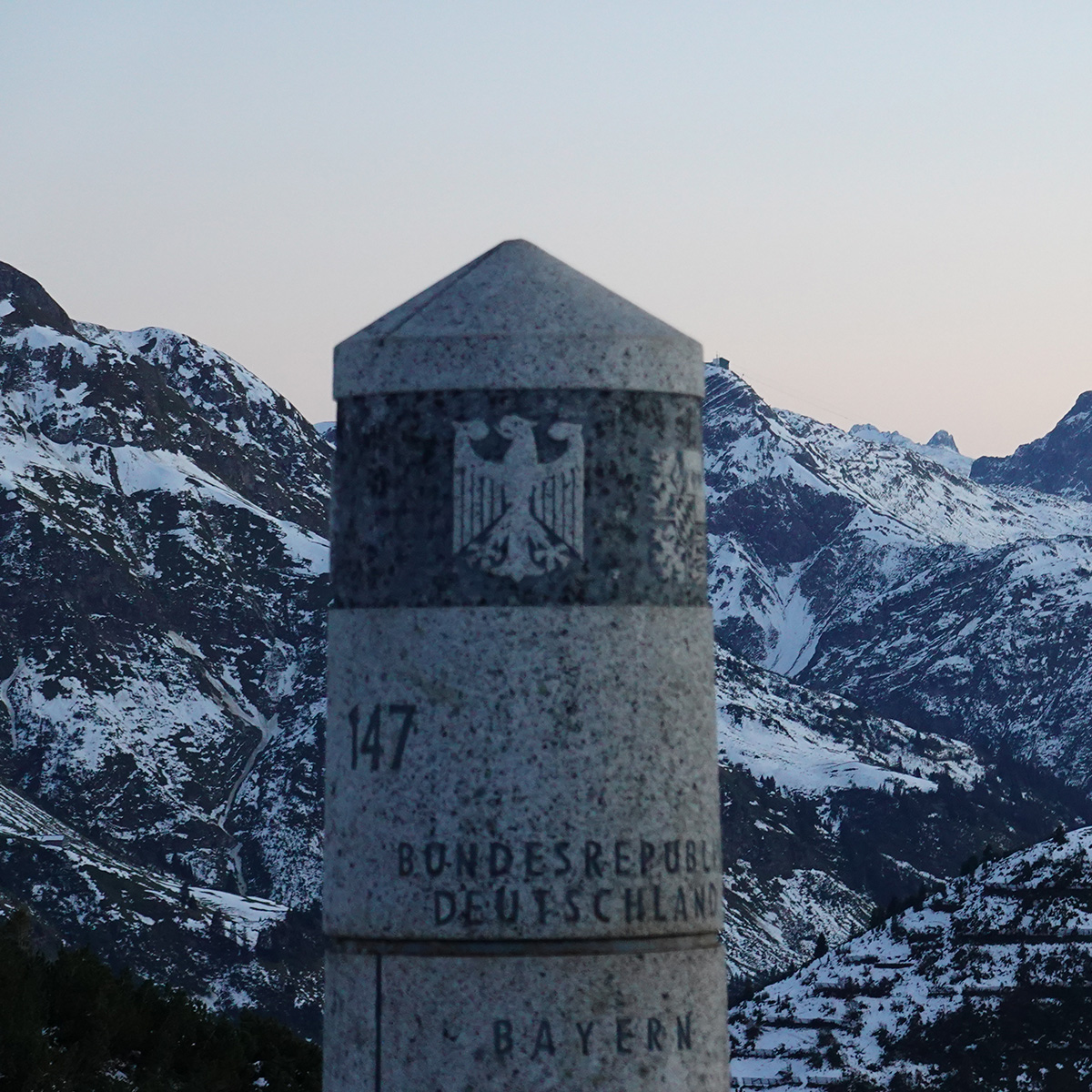
Alpen
KM 3330
ft
Over 295275 ft of ascent and descent
provide a sporting challenge. While the NST’s 295275 ft of altitude is not quite on par with the other major long-distance trails, don’t let that fool you. The first 560 mi run through the North German Plain with relatively little to no climbing. This means that the elevation gain is only spread out over 1666 mi.
%
Only 15% of the trails are on asphalt and roads. This may seem very high compared to the Wilderness Trails, but consider that Germany is one of the most densely populated countries in the world. On the other hand, this also shows how dense the network of natural hiking trails still is in Germany.
NST ENTHUSIASTIC
Over 1700 people virtually followed the NST’s first Thru-Hike in 2020, and even then it was apparent what a success the NST would become and the general interest in a national long-distance trail.
FEDERAL STATES
10 federal states are crossed or touched by the North South Trail. Experience many different landscapes, architecture, dialects, local food and drink, villages and towns and the different mentality of the people.












